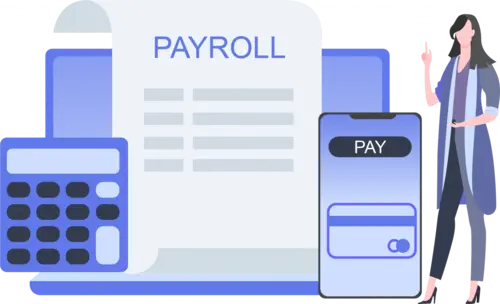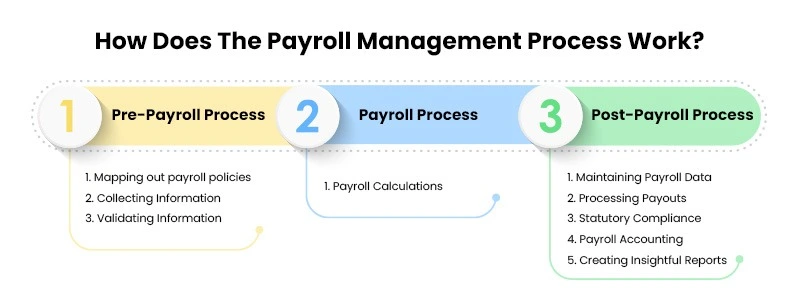Our payroll system is the most popular solution for enterprise and is being used to manage the payrolls of the staff. As we know it is a big challenge to manage the payrolls of the staff in big enterprise and it consumes lots of paper work and time to make salaries of the staff, as a solution of this requirement we have introduced quick and hassle-free solution.

